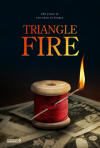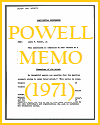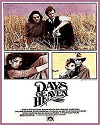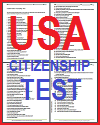Triangle Fire, PBS: American Experience |
| www.studenthandouts.com > U.S. History > Discontent and Reform > Books and Films |
 |  | 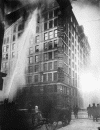 |  |  |
| 1. Have students locate the Asch Building (now known as the Brown Building) on Google Maps. The address is 23-29 Washington Place, New York, NY 10003. Once the building has been pinpointed, have students locate other sites nearby that are mentioned in the documentary, such as Washington Square Park. 2. After watching this DVD video, have students (working in groups) imagine that they are government officials dealing with the public outcry following this tragedy. Tell them that they have been called upon to enact legislation that will prevent another such tragedy from occurring in the future. Have the student groups compile lists of their new rules. Compare the students' rules with current workplace safety regulations. 3. Were the factory owners criminally responsible for the deaths that occurred? Have students (working in two groups) examine the evidence (available here and here) and debate the issue, with half of the class defending the owners, and half of the class prosecuting the owners. Pose the question, "Would the trial receive a different verdict today? Why or why not?" 4. Assign an individual victim to each student (names and biographical information are available here). Using a rubric of guidelines (such as name, date of birth, age, place of residence, country of origin, method of death), have students create tombstones for their assigned victims. If possible, these tombstones can be used to create a cemetery that can be toured by other students in order to educate them on this tragedy. 5. Have students read aloud the commemorative poem written by Morris Rosenfeld four days after the fire, available here. Vocabulary terms: agitating, corpse, criminal trial, dangerous working conditions, docked pay, economic security, elevator operator, fire escape, garment industry, general strike, Gilded Age, Greenwich Village, grievances, immigrants, individualism, industrial machine, industrialists, labor movement, legislation, Lower East Side, Manhattan, morgue, New York City, sweatshops, technology, tenement, Triangle Waist Company, unionization, Washington Square Park |
 |
|---|
| www.studenthandouts.com > U.S. History > Discontent and Reform > Books and Films |


